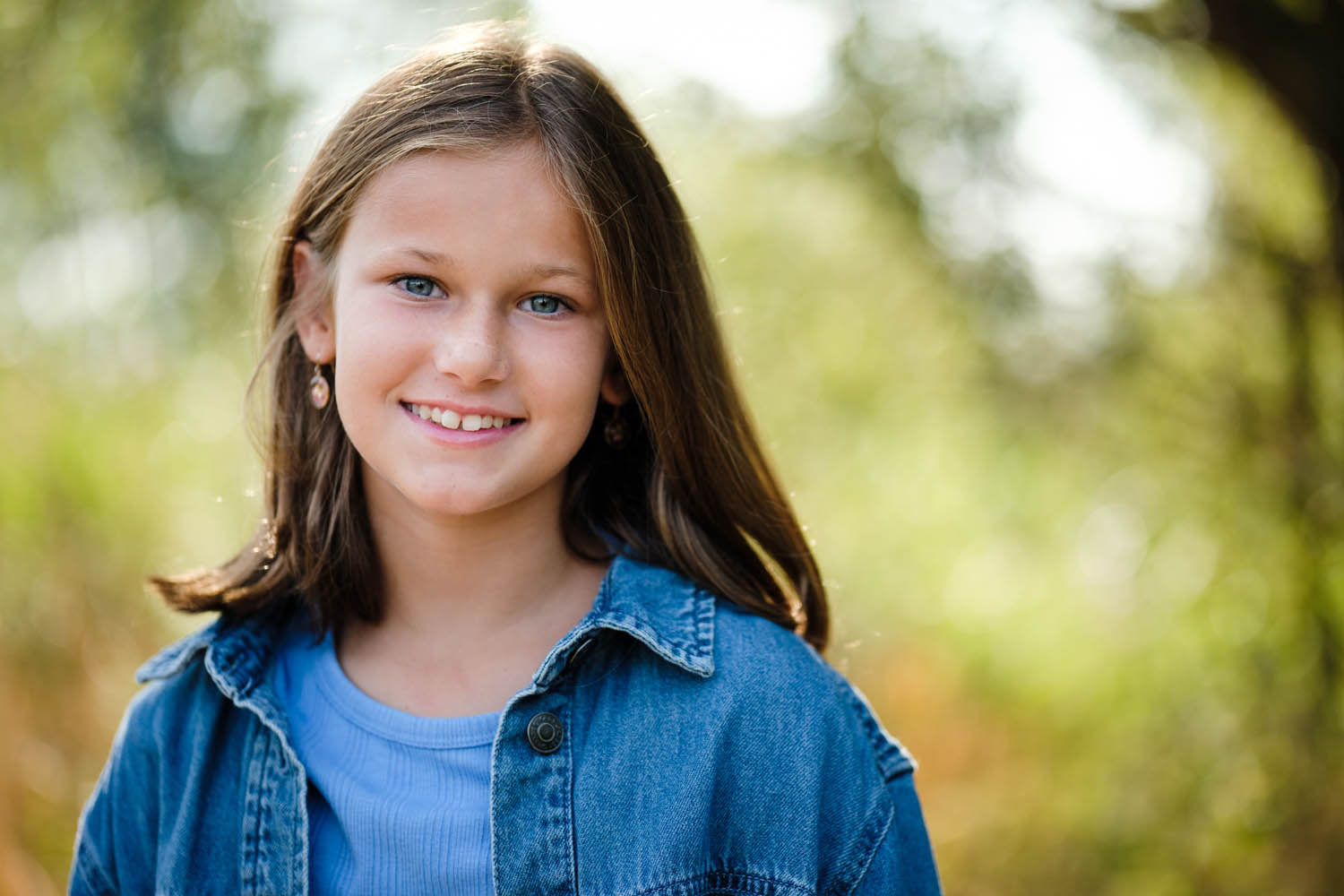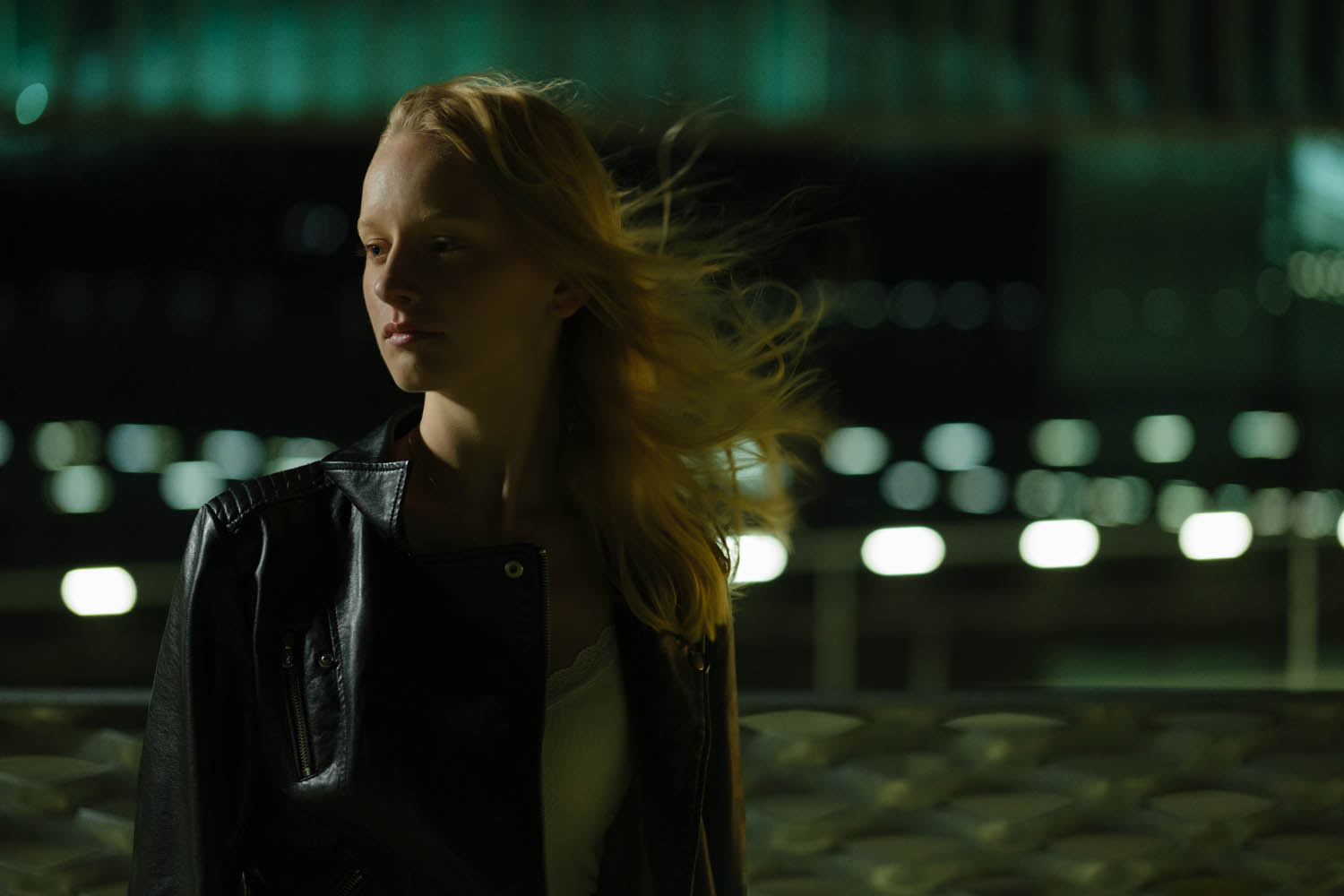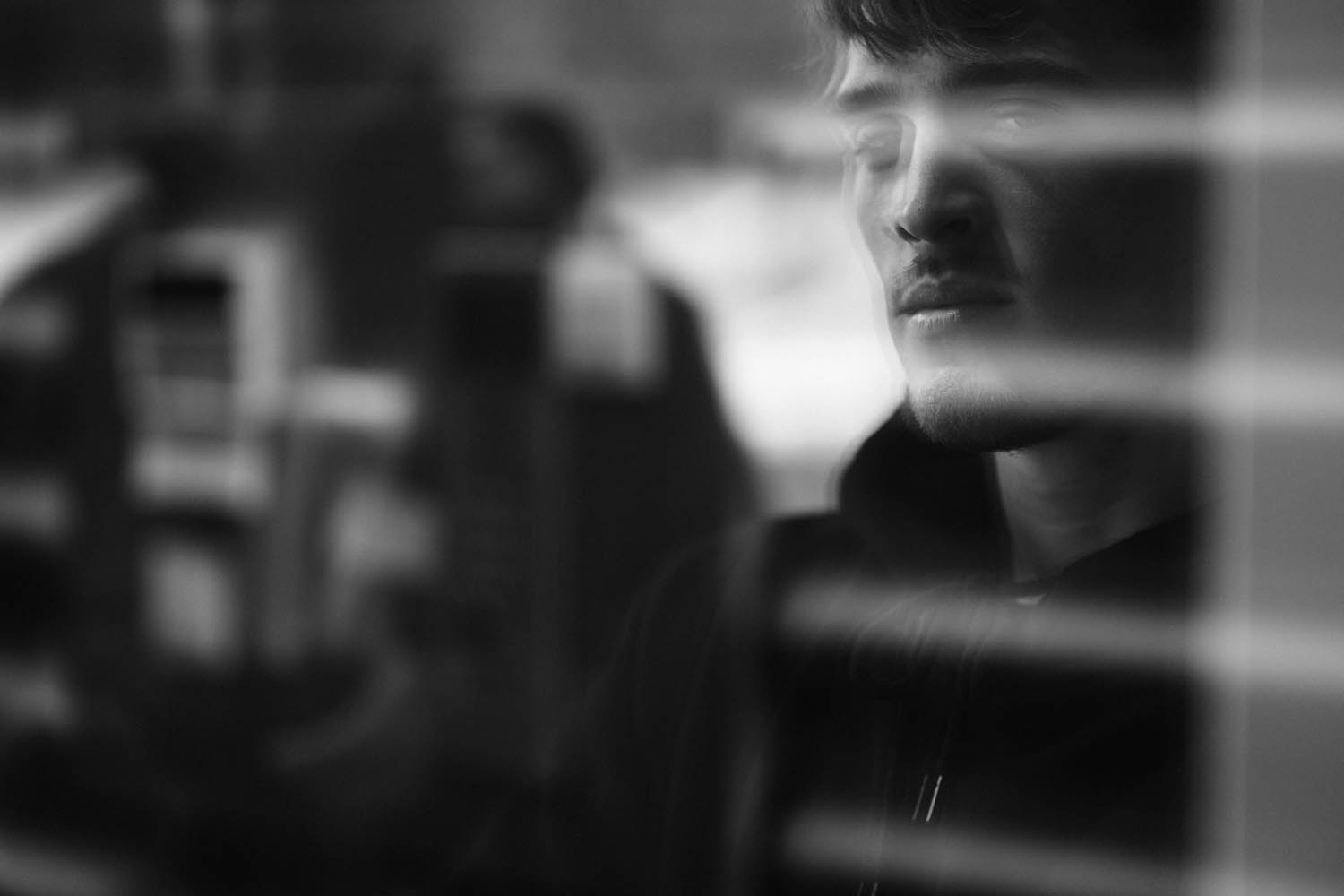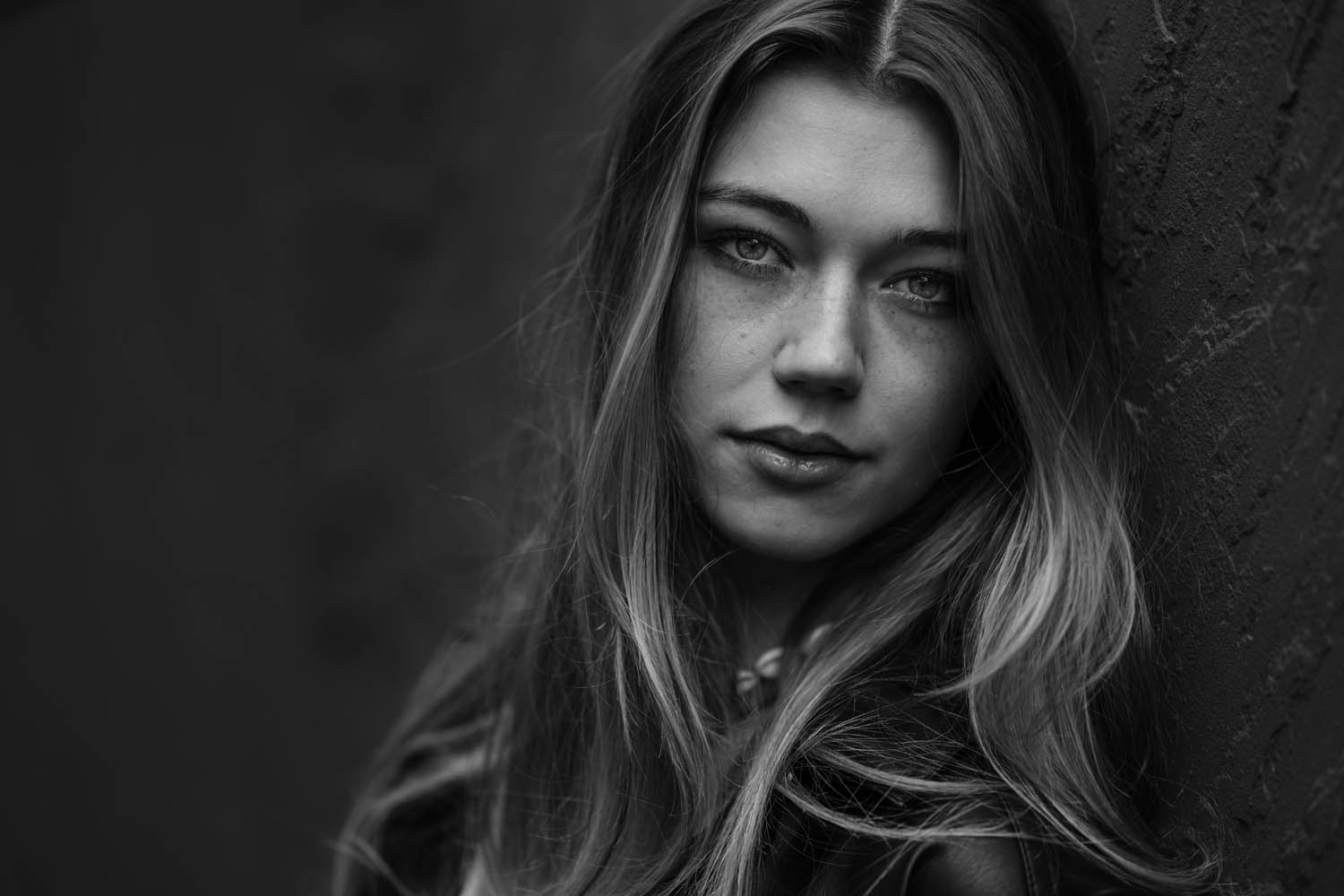
Bert Stephani
Sono un fotografo professionista che vive in Belgio e passa la maggior parte del proprio tempo realizzando ritratti creativi per clienti editoriali, commerciali e privati. Credo nella condivisione della conoscenza con altri fotografi e pertanto svolgo workshop in tutto il mondo, faccio il blogger e realizzo video di formazione.
Mi piace giocare ma senza rispettare le regole. Il mio lavoro si basa sulle storie, sull’atmosfera e sull’emozione. Il mio stile è un po’ ruvido, un po’ come la vita. Lo descrivo come “la bellezza dell’imperfezione”. Cerco sempre quel tratto unico che rende speciale il mio soggetto e poi provo a immortalarlo in ritratti avvincenti.
Back in 2013 during my first meeting with some of the Fujifilm engineers in Tokyo, we were presented with a mock-up of an SLR-like digital mirrorless camera. I remember clearly that the response to this design concept wasn’t exactly overwhelming. Just like the other photographers present, I was (and still am) a big fan of the rangefinder-style cameras but I could also see that a design similar to the old SLR cameras could have its advantages and be more of a flexible all-round workhorse. And that’s exactly what the X-T series became for me. So I’m glad the designers, engineers and product managers pushed through and created what would become the X-T1.
The X-T1 was a big step up from the X-Pro1 that I was using back then. All of a sudden, we had a responsive camera with decent autofocus, a 3-way tilt screen and so much more. The X-T2 added a boost in the resolution and speed. It was also the first Fujifilm camera that I started using for video work which made it an even more versatile tool for visual storytelling. But when the X-T3 came out, I must admit that I wasn’t impressed at first. It seemed like only a small upgrade: just 2 more megapixels and faster. But as often with Fujifilm it’s the culmination of hundreds of little upgrades that add up to a big leap. Since the release, I did hundreds of photo and video assignments with this camera.
I can’t say much about the X-T4 because I never had one. When it came out, I figured I’d buy one as soon as my well used (and abused) X-T3 died. But to this day my X-T3 is still going strong, despite falling off a a gimbal a couple of times.
And now there is the X-T5. Over the last couple of months, I was lucky enough to work with a preproduction model. I had already spent some time with the X-H2 so I was familiar with the sensational new 40 megapixel sensor and powerful new processor. It’s incredible that they managed to fit all that technology in the really small X-T5. Having all that extra resolution is great for big prints but it also allows for serious cropping. I’d love to say that I always compose my shots so carefully that I don’t need to crop but the reality is different. A lot of the work I do is fast moving and clients these days often need different crops of the same picture for different media. Having all those megapixels just makes life a bit easier so I definitely welcome the higher resolution sensor. Particularly because in real use it doesn’t come with any negative impacts on noise or dynamic range.
I never really cared much for in-body image stabilization for still photography. That’s until I started to understand the power of the new IBIS system. It simply opens up a range of options that I didn’t have before. And for video, IBIS is even more useful. Talking about video, the X-T5 may be a camera that is mostly geared towards still photography but it has a more than impressive video feature set as well.
The unsung hero of the X-T5 is without any doubt the new X-Processor 5. It drives the superfast and confident new AF-system. While face and eye detection worked reasonably well in the X-T3 and X-T4, I still hesitated to use it with moving subjects and a shallow depth-of-field. But now I often shoot wide open in continuous autofocus and let the face/eye detection do the work while I get to focus my attention on my subject instead of the technical part. That same processor also gives the camera a huge speed boast compared to its predecessors and that makes the all-round experience even more enjoyable.
But whatever technical features a camera has, means nothing if it’s not a piece of gear that you WANT to pick up and shoot with. The X-T5 stays true to the heritage of the X-T line, maybe even more than its predecessor, the X-T4. The classic dials, the sturdy but compact body and the elegant lines inspire me to shoot more and better.
As a professional photographer who’s been in the business for nearly two decades, I have the option to choose different cameras for different uses. But if I had to pick just one camera to do the variety of work that I encounter, the X-T5 would probably be the best choice. It has the build quality and speed for my reportage work. For commercial work it has all the resolution I really need. It’s a camera that doesn’t get in the way between me and a portrait subjects. And on top of that it’s small enough to take with me everywhere to document life.





















































